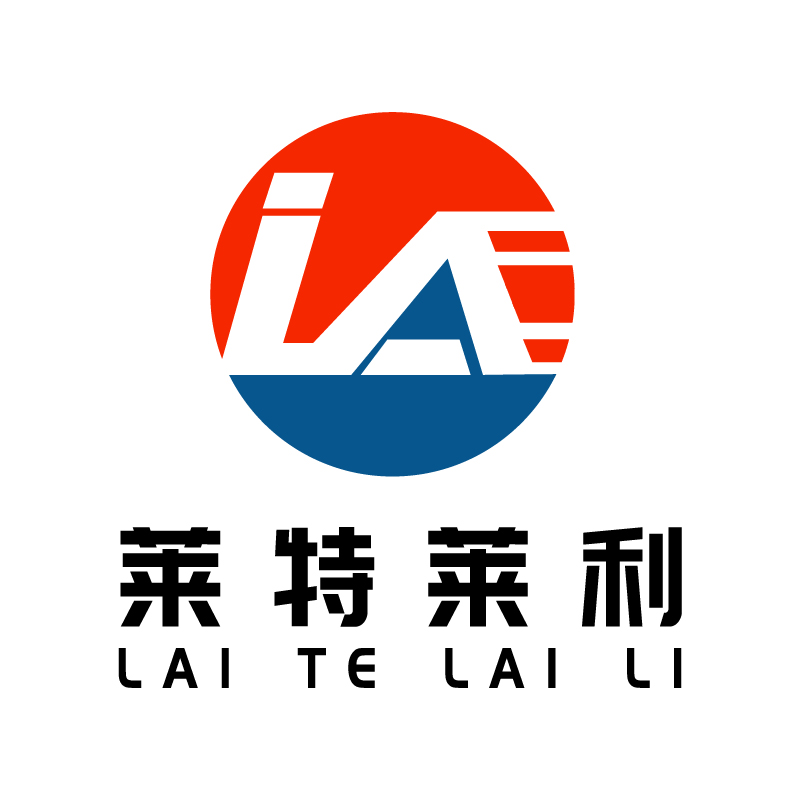How to dispose of recycled BOPP color synthetic paper?
The processing of recycled BOPP color synthetic paper usually involves multiple steps aimed at turning it into a reusable resource. Here is an overview of the process:
1. Cleaning and sorting
Cleaning: First, the recycled BOPP color synthetic paper is cleaned to remove surface dirt, residue and possible contaminants.
Sorting: Sorting according to the color, quality and possible impurities of the paper. This step helps the sorting process in the subsequent treatment process and improves the recovery efficiency.
2. Crushing and grinding
Special crushing equipment is used to break the cleaned and sorted BOPP color synthetic paper into smaller pieces.
Subsequently, a pulverizer is used to further refine the fragments into a fibrous powder. This step facilitates the subsequent dissolution and filtration process.
3. Dissolve and filter
Put the ground BOPP color synthetic paper powder into the dissolving tank, and add the appropriate amount of solvent to dissolve. The choice of solvent should be based on the composition of the synthetic paper and the requirements of the recovery process.
After the solution is dissolved, the suspended matter, impurities and particles that are not completely dissolved in the solution are removed by the filter device to obtain a relatively pure solution.
4. Precipitation and separation
The filtered solution is left for a period of time so that the fibers and other impurities in it naturally settle to the bottom, forming a layer of sediment.
Centrifuge or other separation equipment is used to separate the precipitate from the solvent to obtain a drier fiber material.
5. Drying and recycling
The separated fiber material is further dried by pressure filter, rotary vacuum filter and other equipment to remove residual water.
The dried fiber material can be recycled. They can be used to make new packaging materials, cardboard, pulp, etc., and can also be mixed with other materials to make composite materials for furniture, pipes, plastic products and other fields.
Other processing methods
In addition to the above traditional physical recovery methods, there are some advanced recovery technologies that are being studied and applied, such as pyrolysis method and chemical recovery method. These methods can further improve the recycling efficiency and recycling rate of materials. However, no matter which recycling method is used, it is necessary to strictly control the wastewater, exhaust gas and waste residue generated during the treatment process to protect the environment and human health.
Matters needing attention
During the recycling process, special attention should be paid to the special additives or coatings that may be contained in the BOPP color synthetic paper, which may have an impact on the recovery process and the performance of the recycled product.
The recycled BOPP color synthetic paper should be stored and processed separately to avoid mutual contamination of different colors or types of paper.
Recycling enterprises should comply with relevant environmental regulations and standards to ensure the legality and environmental protection of the recycling process.
In summary, the recycled BOPP color synthetic paper can be converted into reusable fiber materials or other forms of recycled products after a series of treatments such as cleaning, sorting, crushing, grinding, dissolution, filtration, precipitation, separation, and drying.



